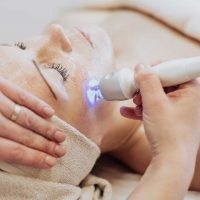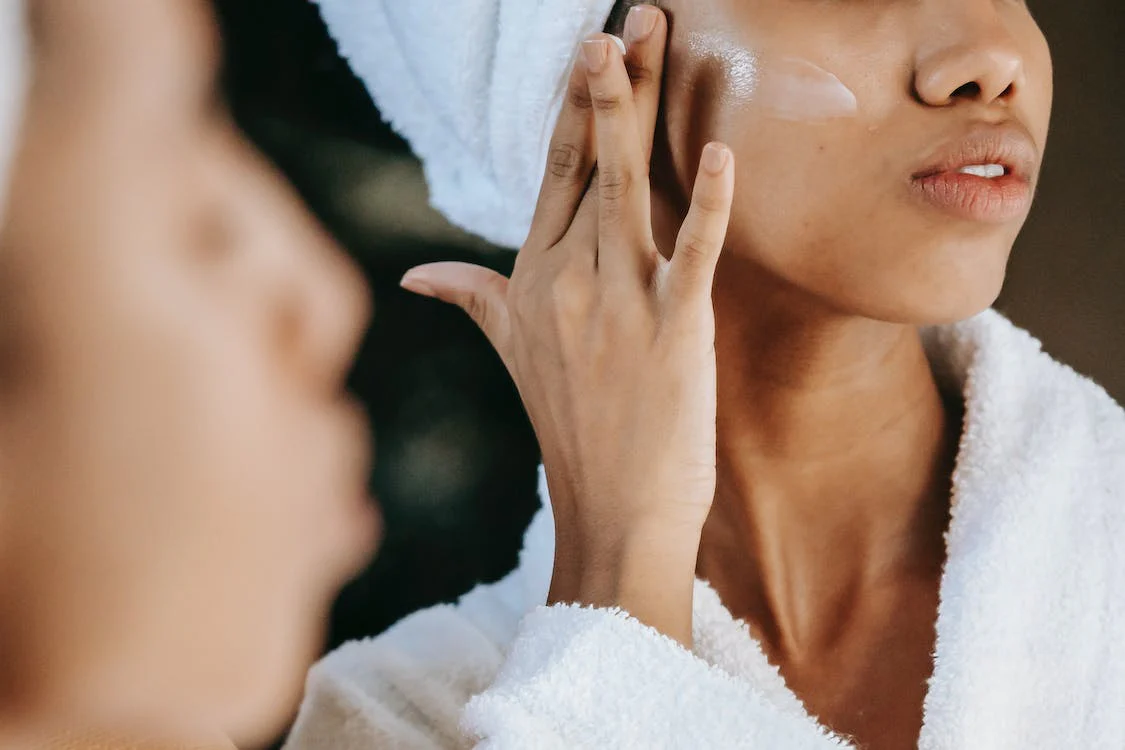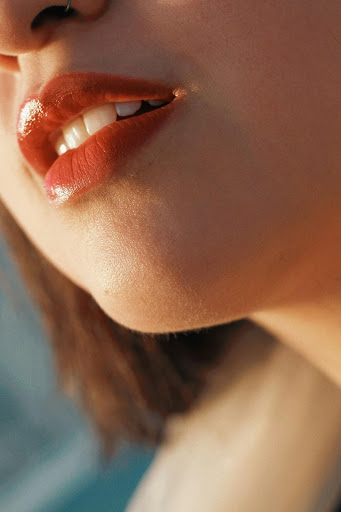Botox is made from Botulinum Toxin Type A, a purified protein derived from the Clostridium botulinum bacteria. It temporarily relaxes facial muscles, making it a popular anti-aging treatment for wrinkle reduction.
What is Botox Made Of? Understanding Botulinum Toxin Type A
Botox is made of botulinum toxin type A, produced by Clostridium botulinum. Botulinum toxin type A is a form of protein. To make Botox, the bacteria Clostridium botulinum is grown on a special medium, such as egg yolk or serum. This will produce the benign strains of botulinum toxin type A. The bacteria are then killed through heating and centrifuging. The botulinum toxin is inactivated by heating it to a temperature of 56 degrees Celsius (132 degrees Fahrenheit) for 10 minutes.
The next stage involves purifying the botulinum toxin through several processes, including alcohol precipitation and chromatographic separation techniques. Next, it has to be transformed into its sodium salt form. Botulinum toxin type A cannot be used in its natural form because it is dangerous to use on the skin. Once purified, botulinum toxin type is perfectly safe.
Botox has been approved by the FDA for cosmetic use in the United States since 2002. This is a widely popular treatment that has been administered for decades.
How Botox Works for Wrinkle Reduction and Smoother Skin
Botox is one of the most effective anti-aging treatments because it works at the muscular level. The treatment targets dynamic facial muscles, temporarily relaxing them to reduce muscle contractions that cause wrinkles.
Using fine needles, small doses of Botulinum Toxin Type A are injected into specific facial areas, minimizing fine lines and wrinkles. The number of units required varies depending on the depth of wrinkles and treatment goals.
Patients typically notice visible wrinkle reduction within 48 hours, with optimal results appearing after about a week. The effects last 3-4 months, after which maintenance treatments can help sustain a youthful appearance.

Am I a Good Candidate for Botox ?
The best way to find out if Botox® is right for you is to arrange a consultation with our Master Injector, Joi Tydings. She will discuss your goals and explain the Botox procedure so you can make an informed decision.
What is the Botox Treatment Like?
Your Botox treatment is performed in the comfort of our premier medical spa. Joi will review your medical history before placing tiny amounts of Botox directly into the targeted facial muscles. The process takes about 10-15 minutes and will leave you looking younger and feeling great!
Is There Any Downtime?
The downtime after the Botox procedure is minimal to non-existent. You may feel mild discomfort during and directly after the injection, but it’s nothing compared to the results you’ll get from this surgical rejuvenation procedure.
What Results Can I Expect?
You’ll be looking refreshed and reinvigorated within 48 hours of your Botox treatment. You can expect to see a reduction in the appearance of fine lines and wrinkles, making your skin appear more smooth and fresh.
The effects of the Botox treatment last about 3-4 months. To maintain your youthful look, we recommend that you schedule your subsequent Botox procedures ahead of time.
Take the Next Step – Request a Consultation
Ready to learn more about laser Botox? Schedule a consultation with Slimming Solutions Med Spa, located in Lee’s Summit, MO. Slimming Solutions Med Spa is a full-service medical spa equipped with a Master Injector, RN/esthetician who is also extremely well-versed in HRT and trained in natural hormone therapies. Call us at (816) 524-3438 or schedule an appointment online.
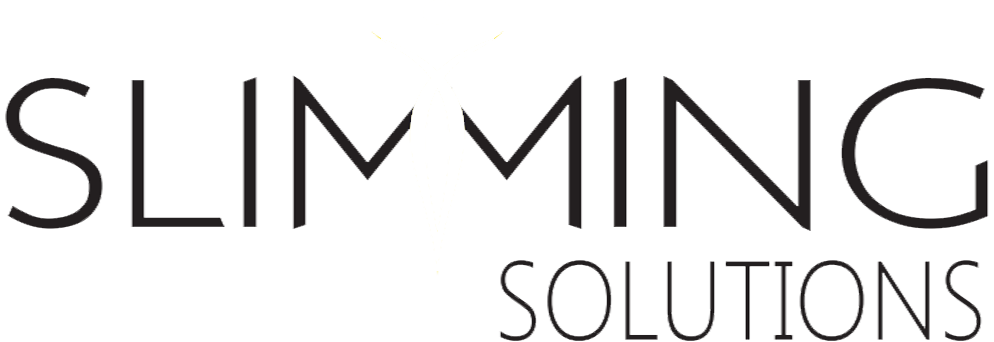
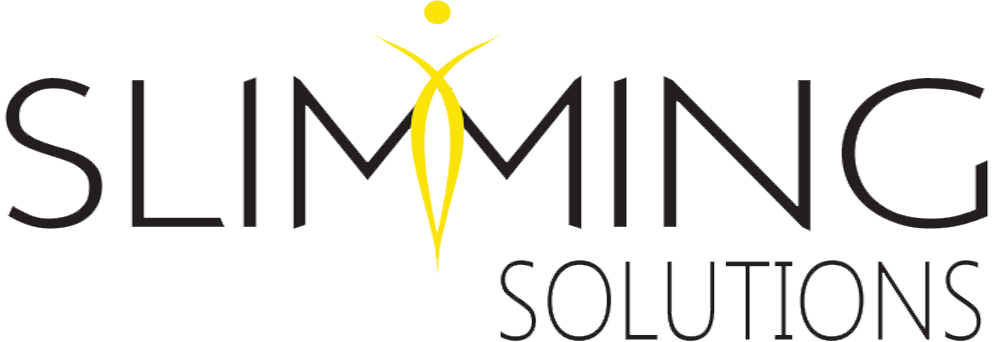

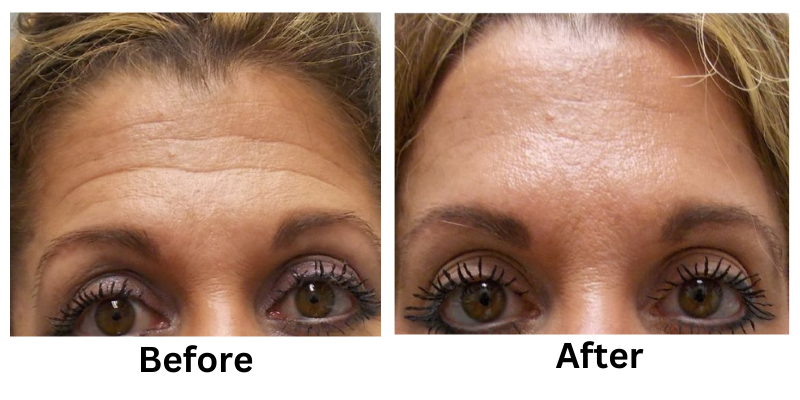
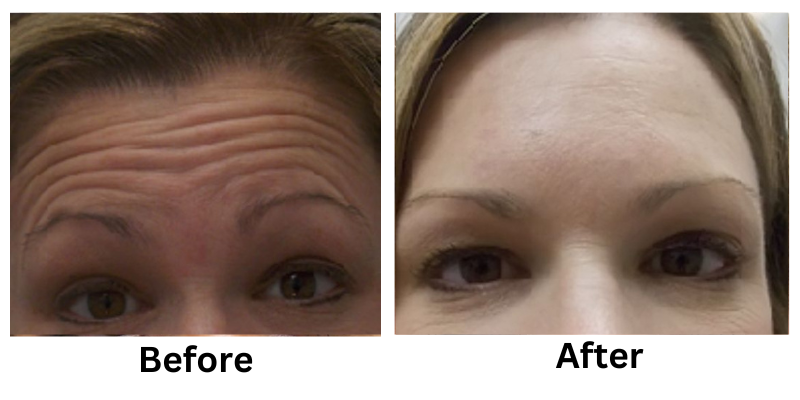
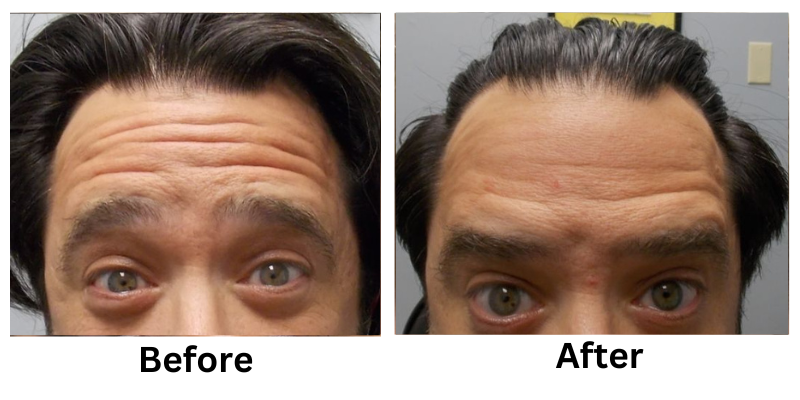
![[thumb]](https://slimmingsolutionsspa.com/wp-content/uploads/2023/12/botox1-150x150.png)
![[thumb]](https://slimmingsolutionsspa.com/wp-content/uploads/2023/12/Before2-150x150.png)
![[thumb]](https://slimmingsolutionsspa.com/wp-content/uploads/2023/12/Before3-150x150.png)
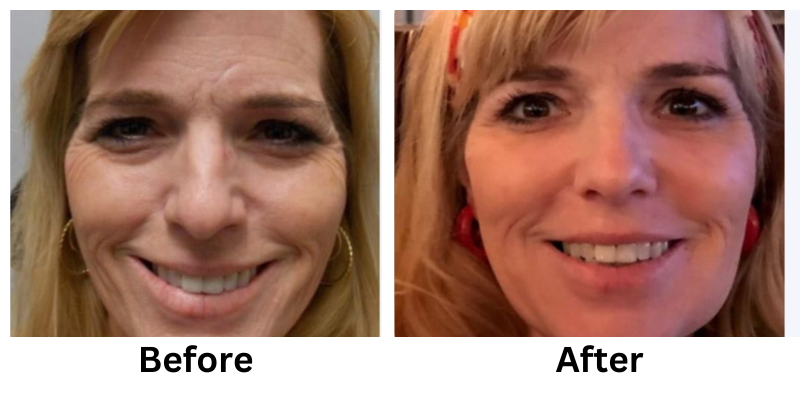

![[thumb]](https://slimmingsolutionsspa.com/wp-content/uploads/2023/12/Liquid-face-150x150.png)
![[thumb]](https://slimmingsolutionsspa.com/wp-content/uploads/2023/12/Liquid-face-1-150x150.png)
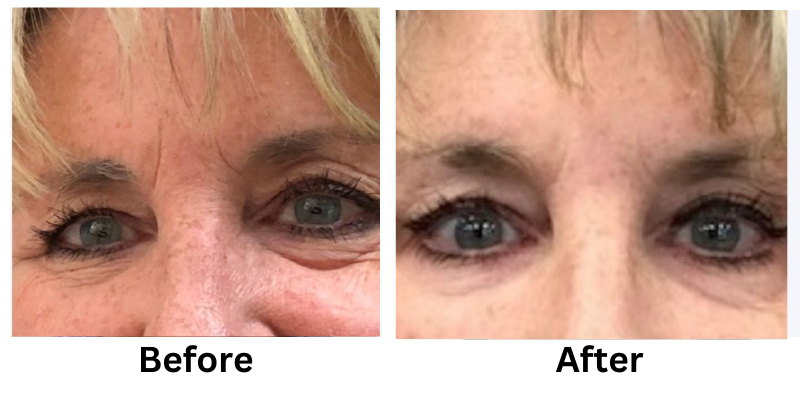
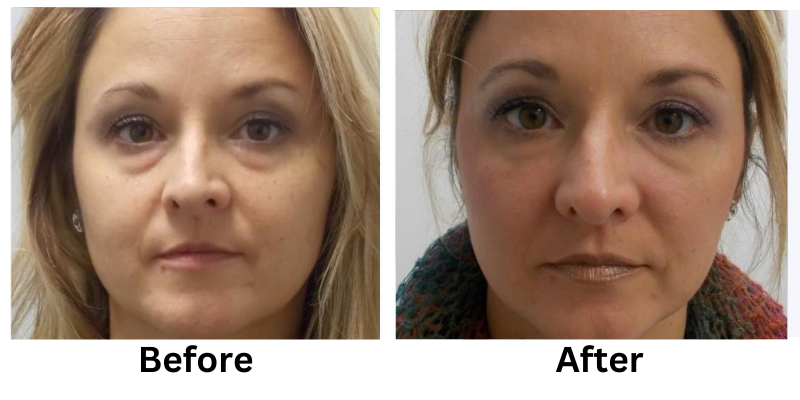
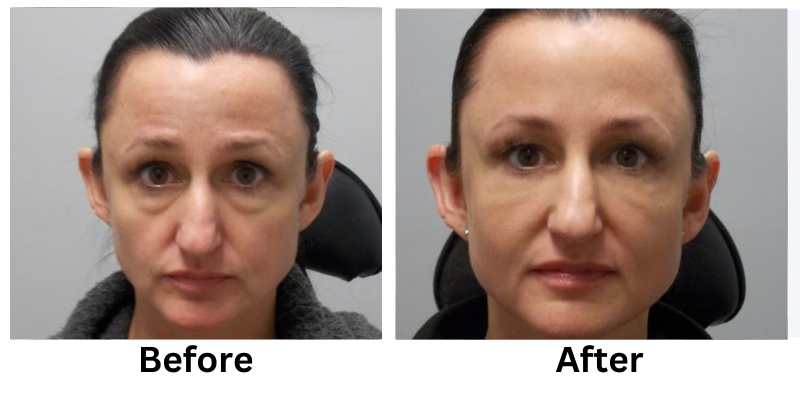
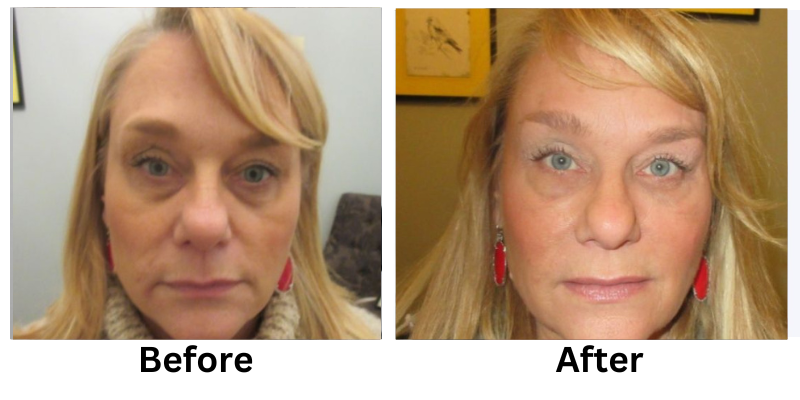


![[thumb]](https://slimmingsolutionsspa.com/wp-content/uploads/2023/12/revanesse-versa-1-150x150.png)
![[thumb]](https://slimmingsolutionsspa.com/wp-content/uploads/2023/12/revanesse-versa-2-150x150.png)
![[thumb]](https://slimmingsolutionsspa.com/wp-content/uploads/2023/12/revanesse-versa-3-150x150.png)
![[thumb]](https://slimmingsolutionsspa.com/wp-content/uploads/2023/12/revanesse-versa-4-150x150.png)
![[thumb]](https://slimmingsolutionsspa.com/wp-content/uploads/2023/12/revanesse-versa-5-150x150.png)
![[thumb]](https://slimmingsolutionsspa.com/wp-content/uploads/2024/01/Eyebrow-treatment-1-1-150x150.png)
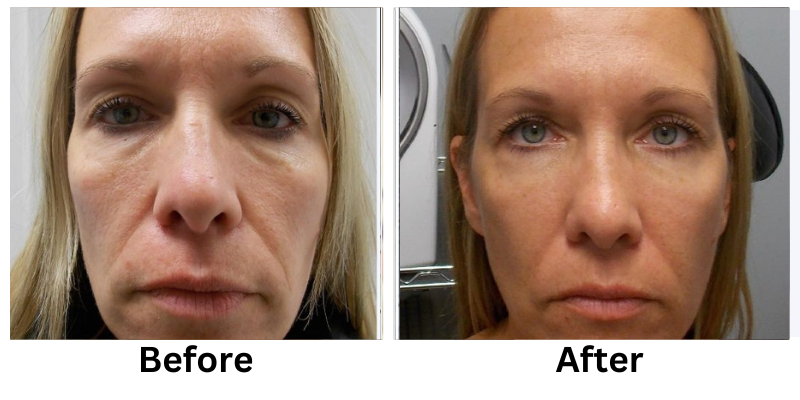
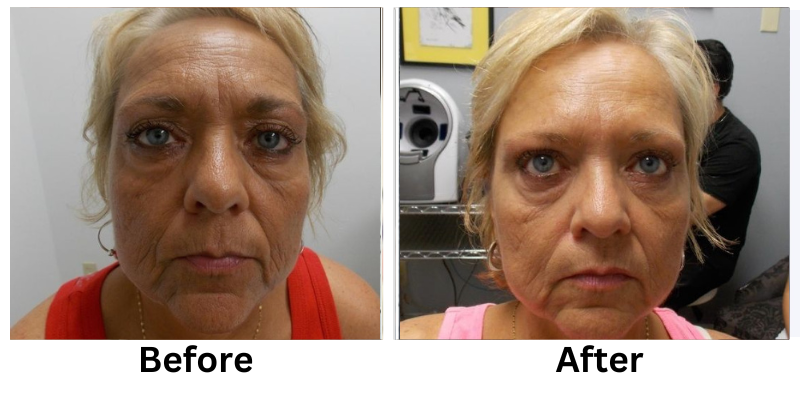
![[thumb]](https://slimmingsolutionsspa.com/wp-content/uploads/2023/12/Skin-Rejuvenation-1-150x150.png)
![[thumb]](https://slimmingsolutionsspa.com/wp-content/uploads/2023/12/Skin-Rejuvenation-2-150x150.png)


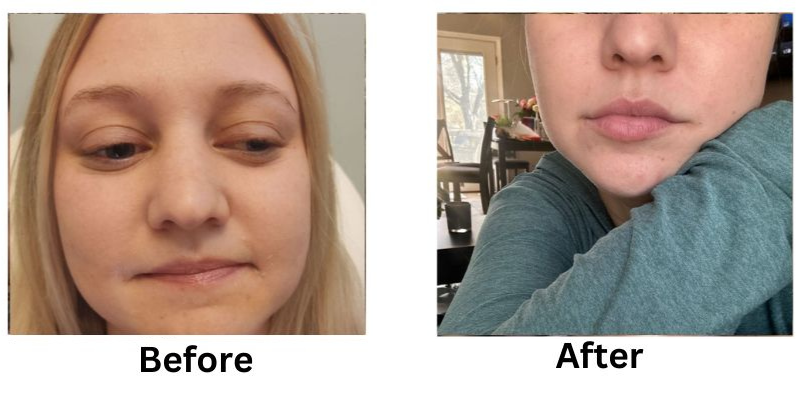
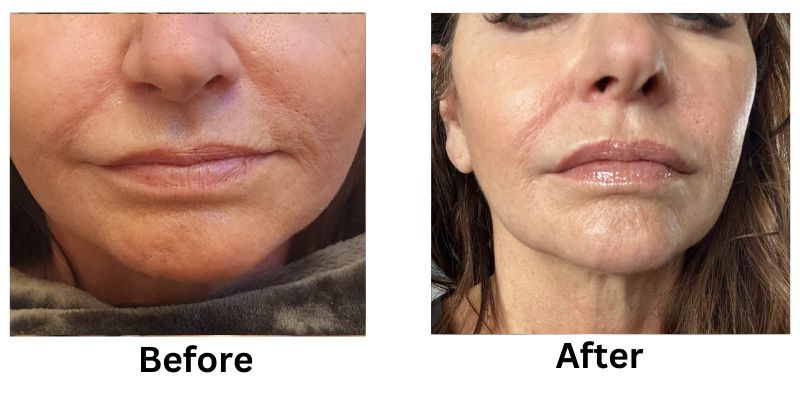
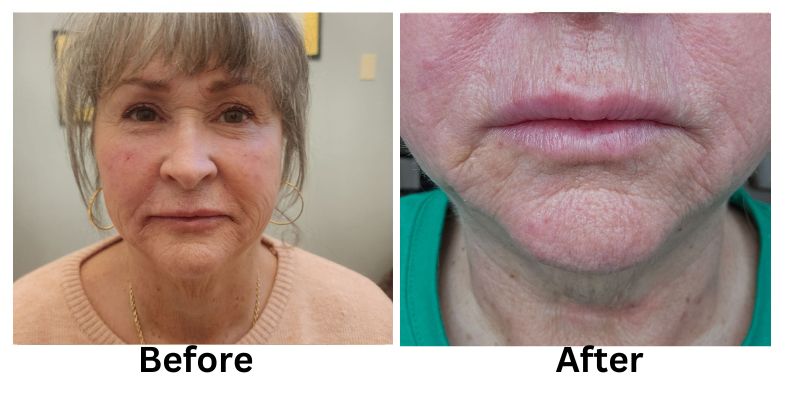
![[thumb]](https://slimmingsolutionsspa.com/wp-content/uploads/2024/01/Lip-Filler-1-150x150.png)
![[thumb]](https://slimmingsolutionsspa.com/wp-content/uploads/2024/01/Lip-Filler-2-150x150.png)
![[thumb]](https://slimmingsolutionsspa.com/wp-content/uploads/2025/02/Lip-Filler-1-150x150.png)
![[thumb]](https://slimmingsolutionsspa.com/wp-content/uploads/2024/01/Lip-Filler-150x150.jpg)
![[thumb]](https://slimmingsolutionsspa.com/wp-content/uploads/2024/01/Before-1-150x150.jpg)
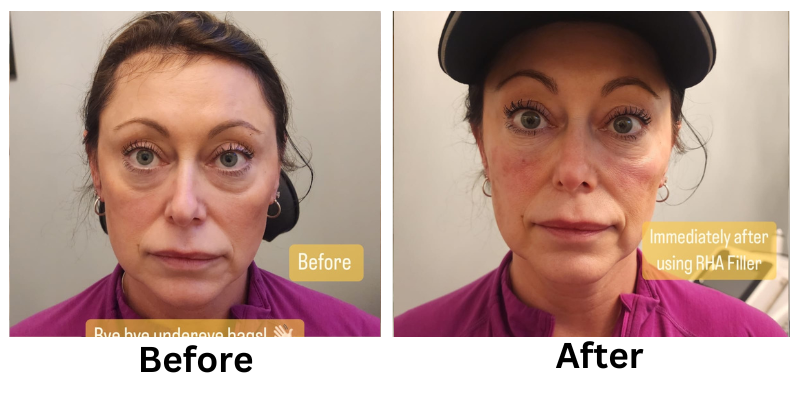
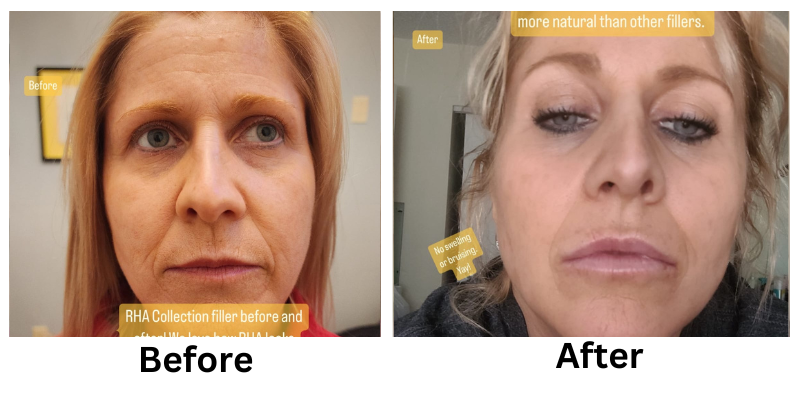

![[thumb]](https://slimmingsolutionsspa.com/wp-content/uploads/2024/01/RHA-Treatmetn-3-150x150.png)
![[thumb]](https://slimmingsolutionsspa.com/wp-content/uploads/2024/01/RHA-Treatmetn-2-150x150.png)
![[thumb]](https://slimmingsolutionsspa.com/wp-content/uploads/2024/01/RHA-Treatmetn-1-150x150.png)
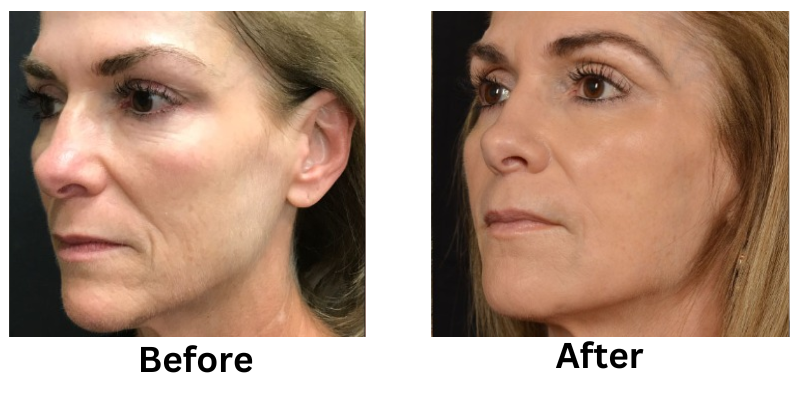
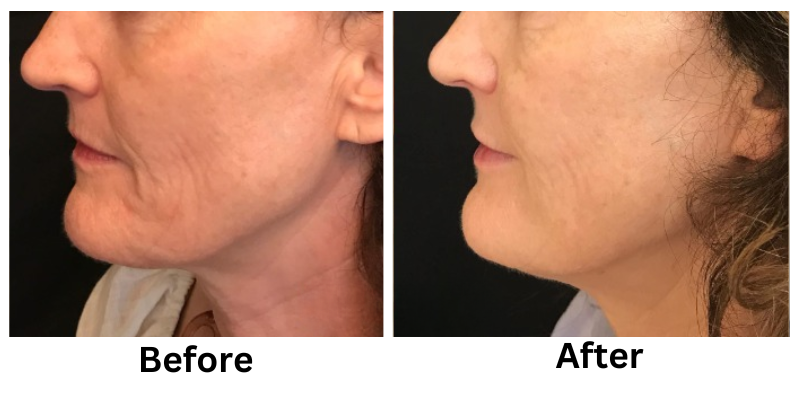
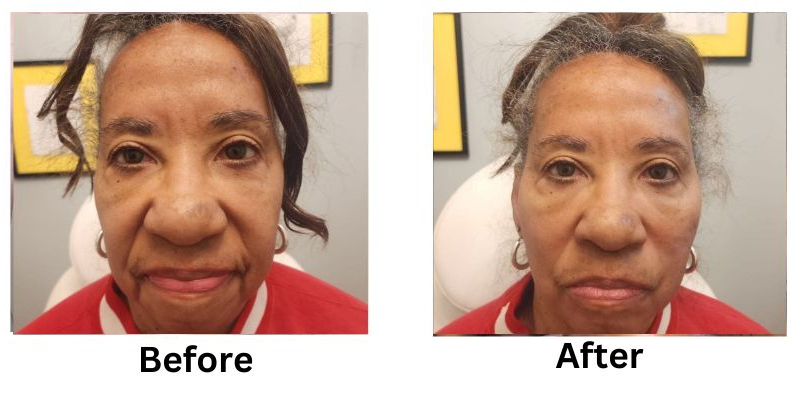
![[thumb]](https://slimmingsolutionsspa.com/wp-content/uploads/2024/01/Thread-Lifts-1-150x150.png)
![[thumb]](https://slimmingsolutionsspa.com/wp-content/uploads/2024/01/Thread-Lifts-2-150x150.png)
![[thumb]](https://slimmingsolutionsspa.com/wp-content/uploads/2025/02/Lip-Filler-2-150x150.png)
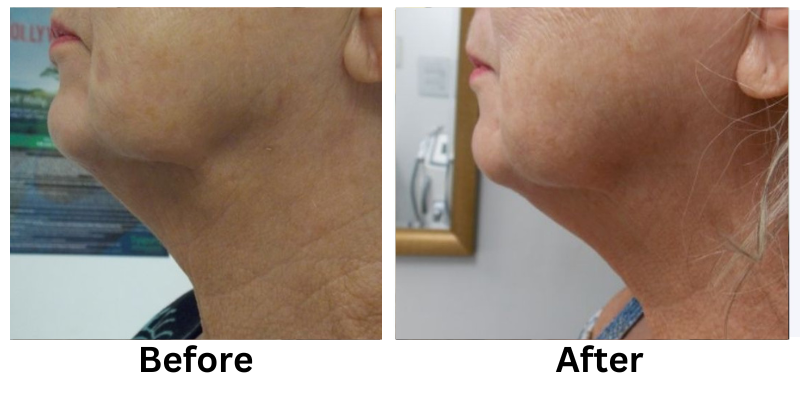
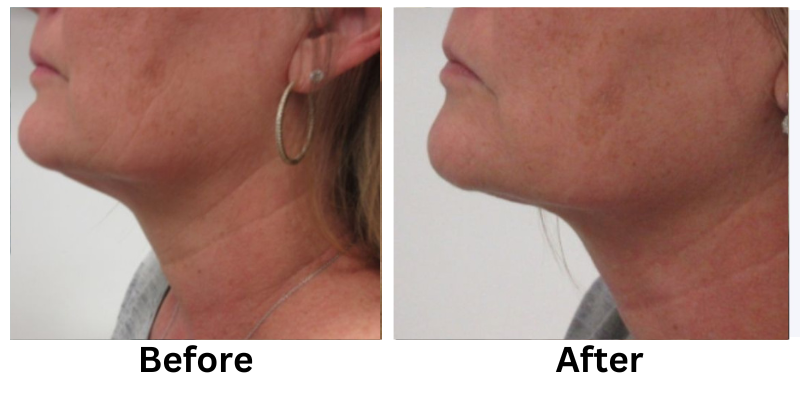

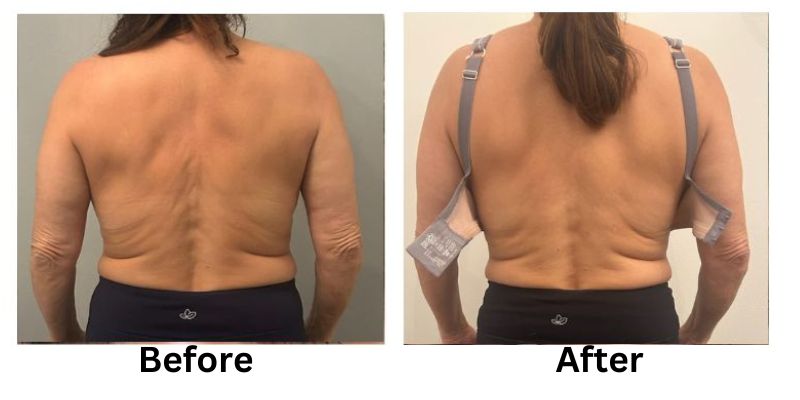
![[thumb]](https://slimmingsolutionsspa.com/wp-content/uploads/2023/12/skin-reuvulation1-150x150.png)
![[thumb]](https://slimmingsolutionsspa.com/wp-content/uploads/2023/12/skin-rejuvulation-2-150x150.png)
![[thumb]](https://slimmingsolutionsspa.com/wp-content/uploads/2023/12/Skin-Tighting-150x150.png)
![[thumb]](https://slimmingsolutionsspa.com/wp-content/uploads/2023/12/Before-150x150.jpg)
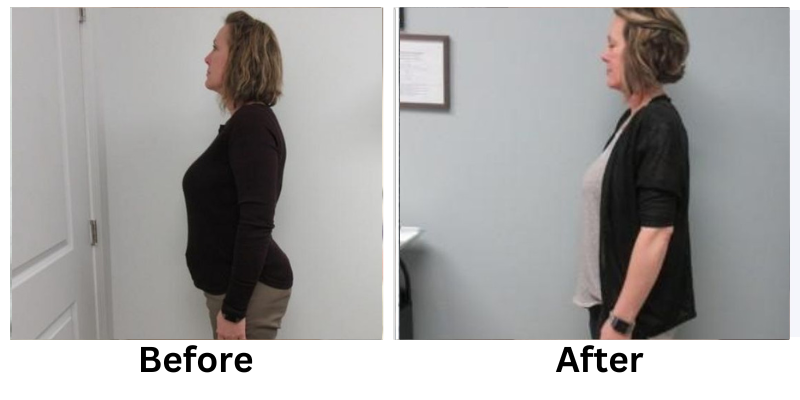
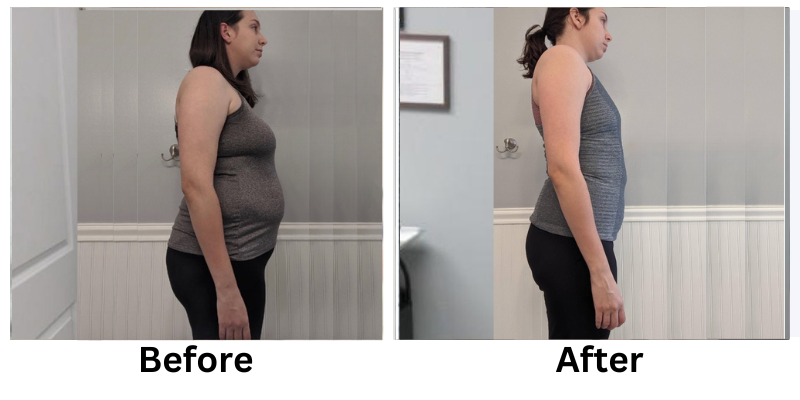
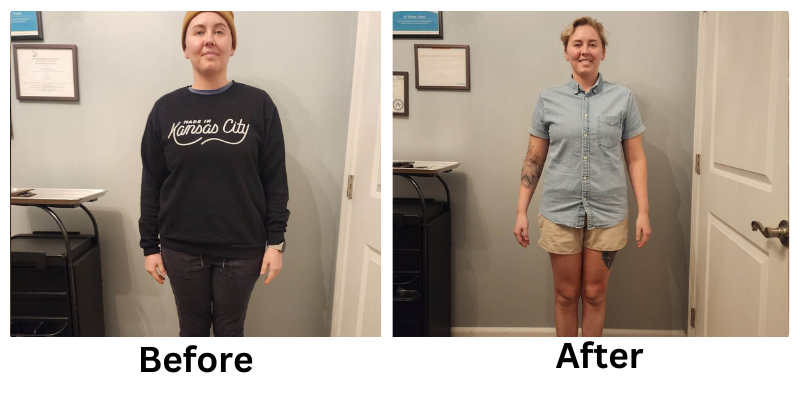
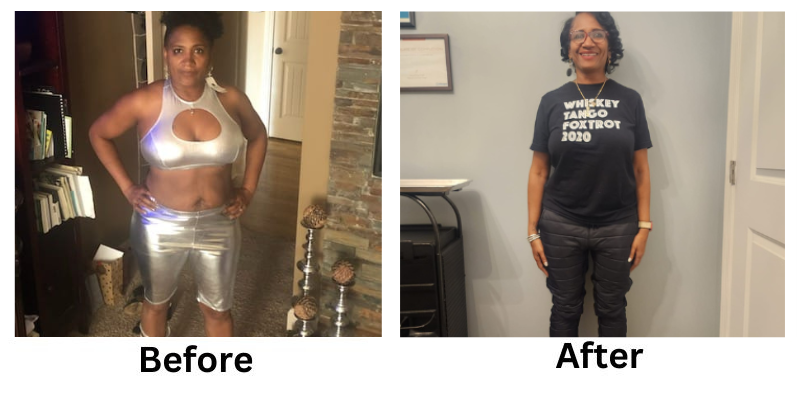
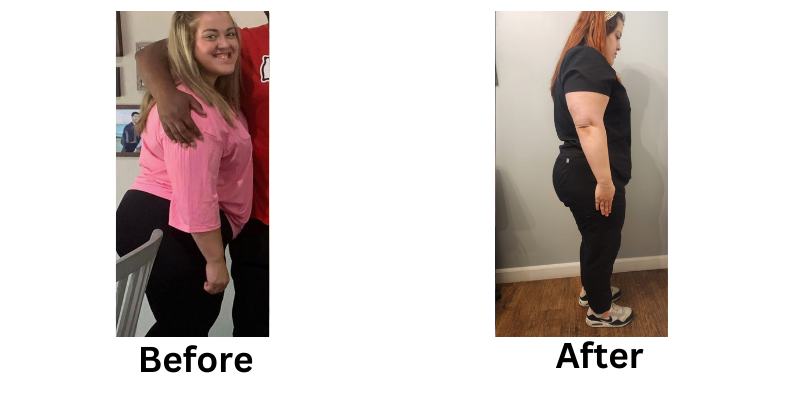
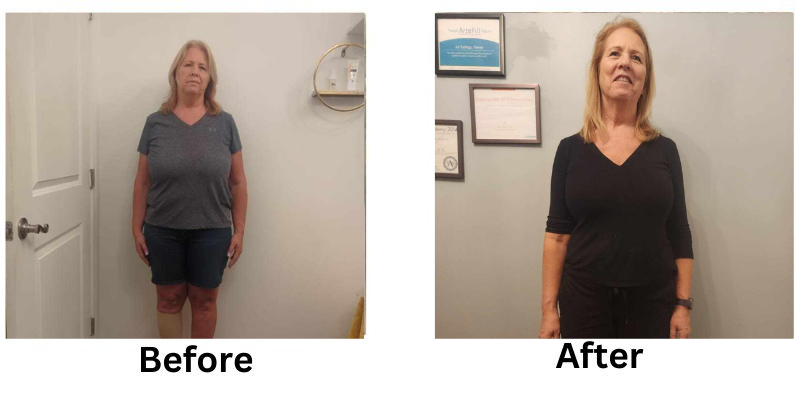
![[thumb]](https://slimmingsolutionsspa.com/wp-content/uploads/2023/12/weightloss-1-150x150.png)
![[thumb]](https://slimmingsolutionsspa.com/wp-content/uploads/2023/12/weightloss-2-150x150.png)
![[thumb]](https://slimmingsolutionsspa.com/wp-content/uploads/2023/12/2Weight-Loss-2-150x150.png)
![[thumb]](https://slimmingsolutionsspa.com/wp-content/uploads/2025/02/Weight-Loss-1-new-150x150.png)
![[thumb]](https://slimmingsolutionsspa.com/wp-content/uploads/2023/12/Weight-Loss-3-150x150.png)
![[thumb]](https://slimmingsolutionsspa.com/wp-content/uploads/2025/03/Slimming-Solutions-BA-Template-150x150.png)

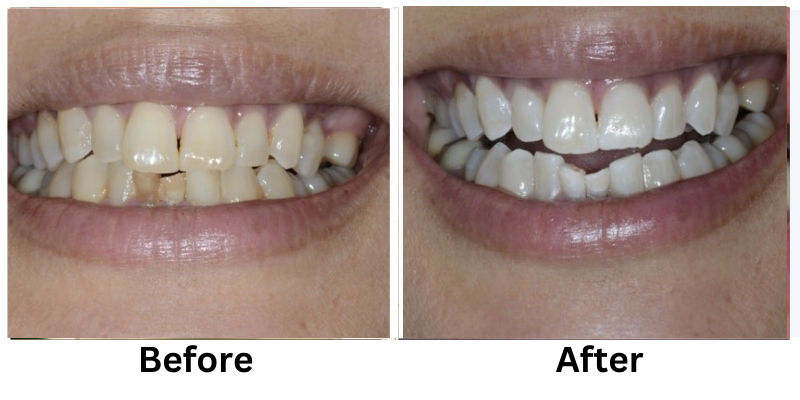
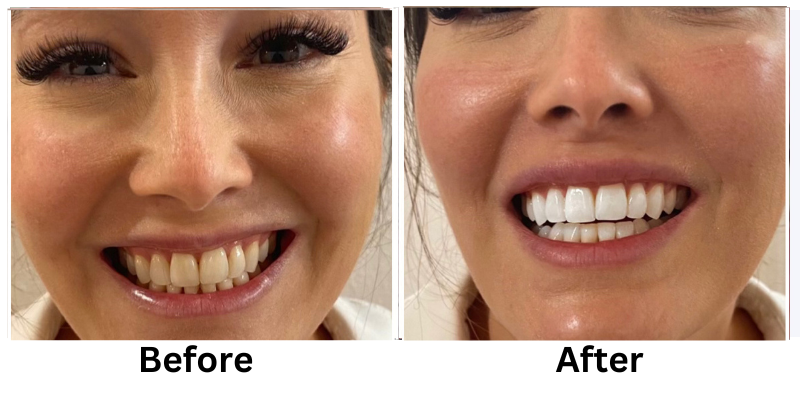

![[thumb]](https://slimmingsolutionsspa.com/wp-content/uploads/2023/12/dat3-150x150.png)
![[thumb]](https://slimmingsolutionsspa.com/wp-content/uploads/2023/12/dat-0-150x150.png)
![[thumb]](https://slimmingsolutionsspa.com/wp-content/uploads/2023/12/dat-1-150x150.png)
![[thumb]](https://slimmingsolutionsspa.com/wp-content/uploads/2023/12/Before-1-150x150.png)


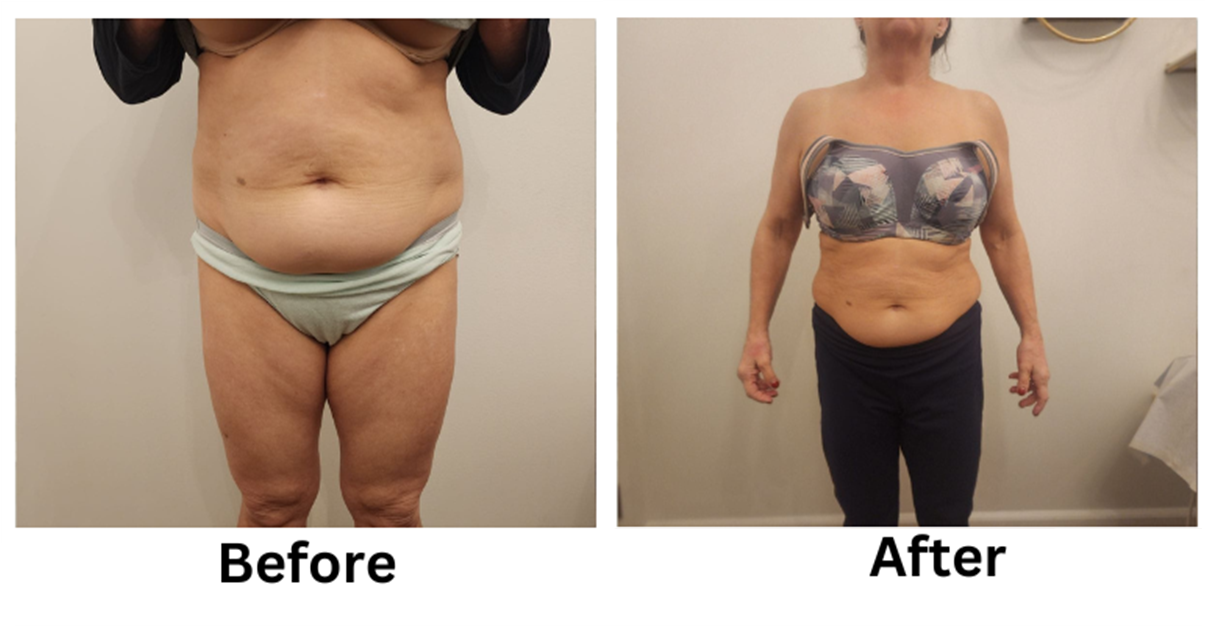
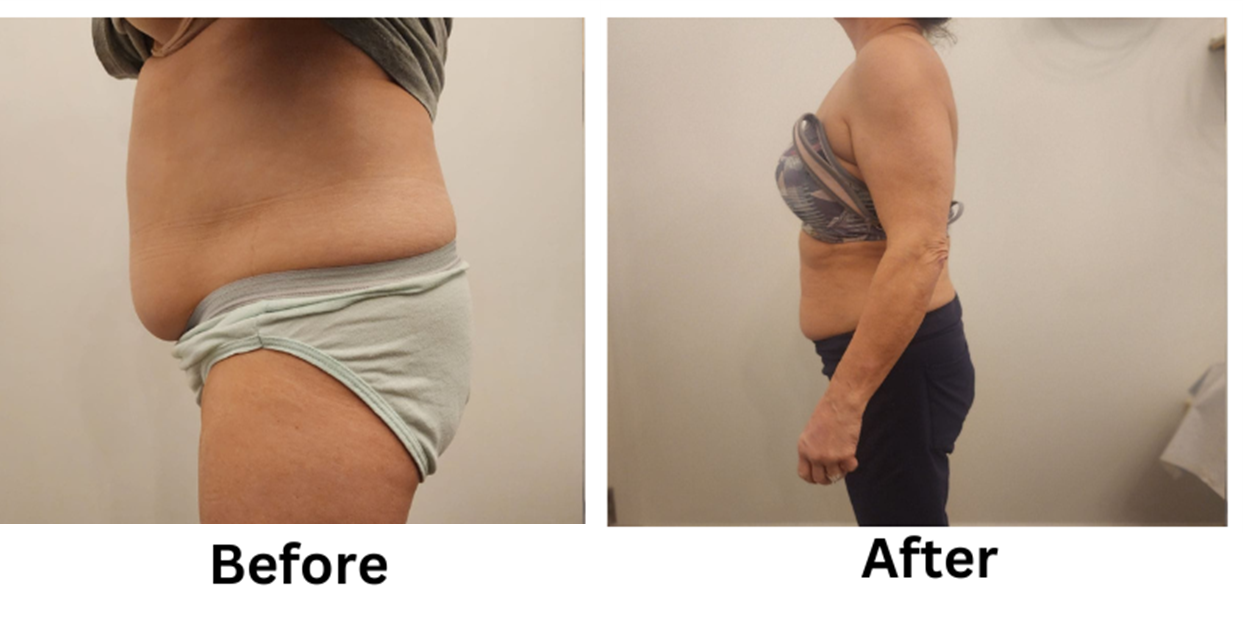
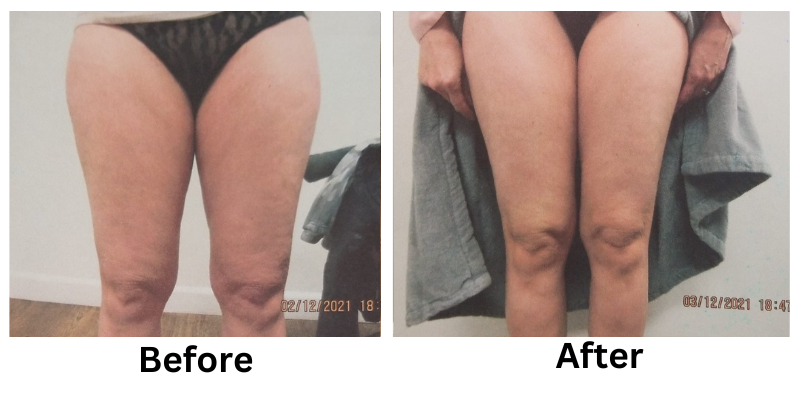
![[thumb]](https://slimmingsolutionsspa.com/wp-content/uploads/2024/01/EMS-Treatment-2-150x150.png)
![[thumb]](https://slimmingsolutionsspa.com/wp-content/uploads/2024/01/EMS-Treatment-1-150x150.png)
![[thumb]](https://slimmingsolutionsspa.com/wp-content/uploads/2025/02/ems-BNA-front-150x150.png)
![[thumb]](https://slimmingsolutionsspa.com/wp-content/uploads/2025/02/EMS-bna-SIDE-150x150.png)
![[thumb]](https://slimmingsolutionsspa.com/wp-content/uploads/2024/01/EMS-Treatment-6-150x150.png)

